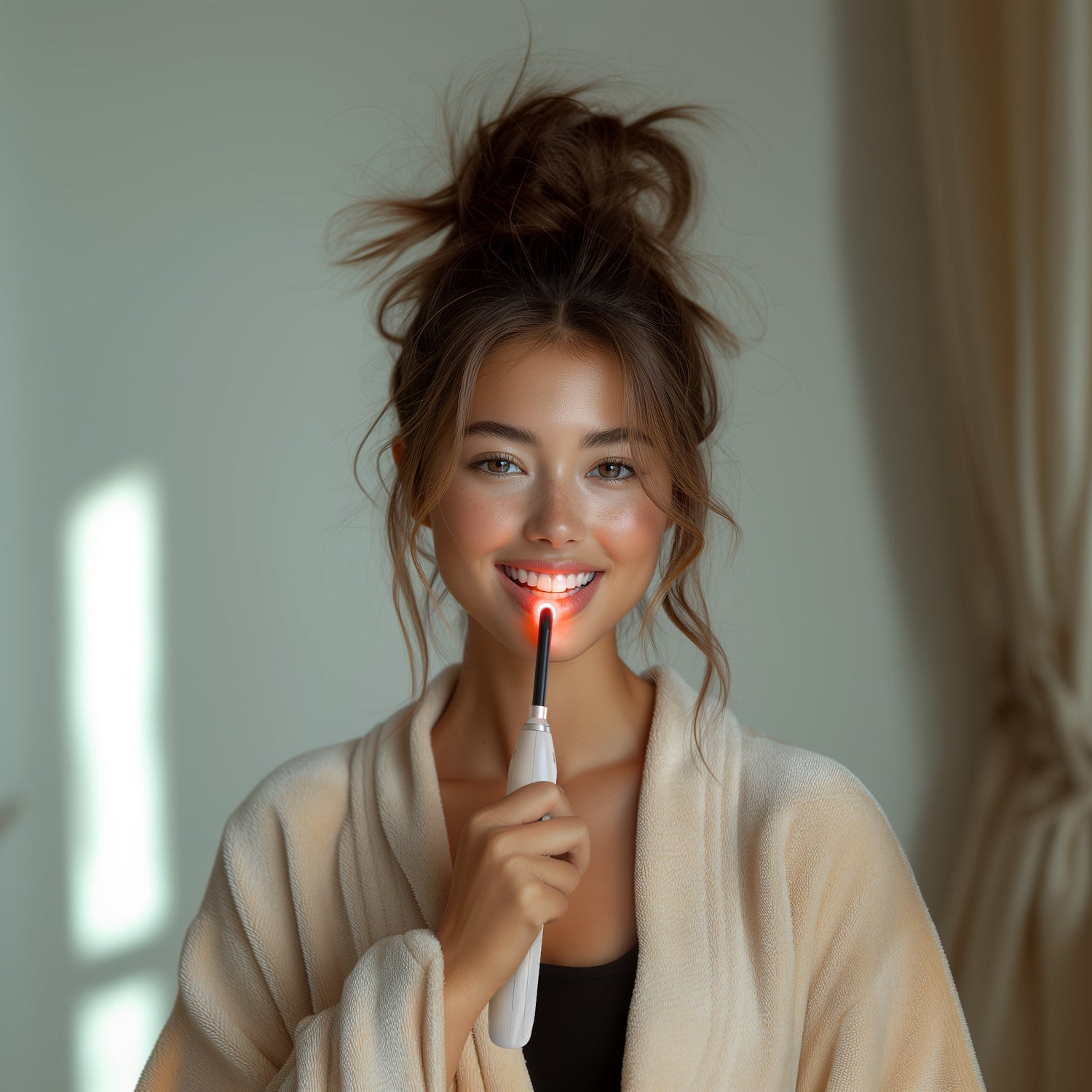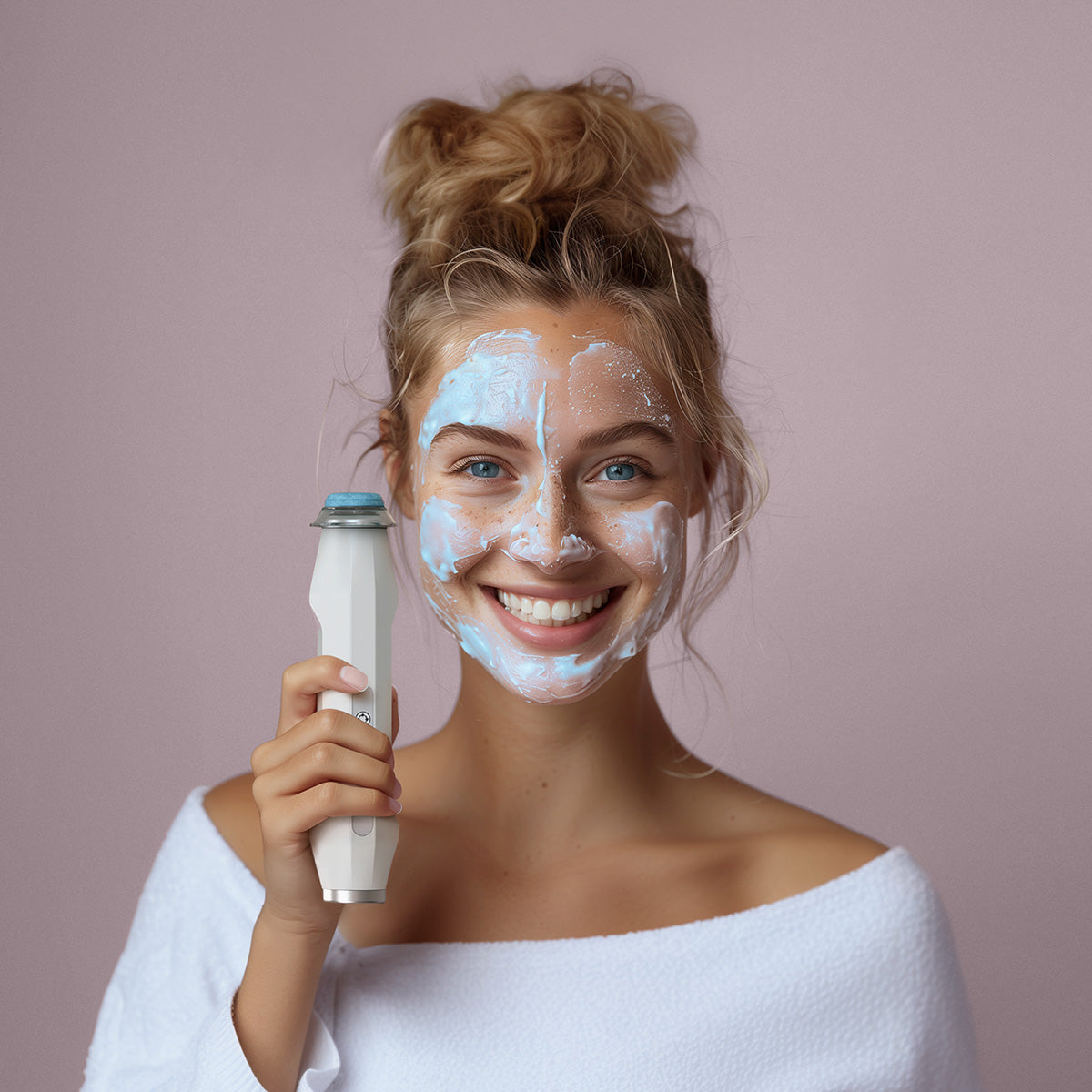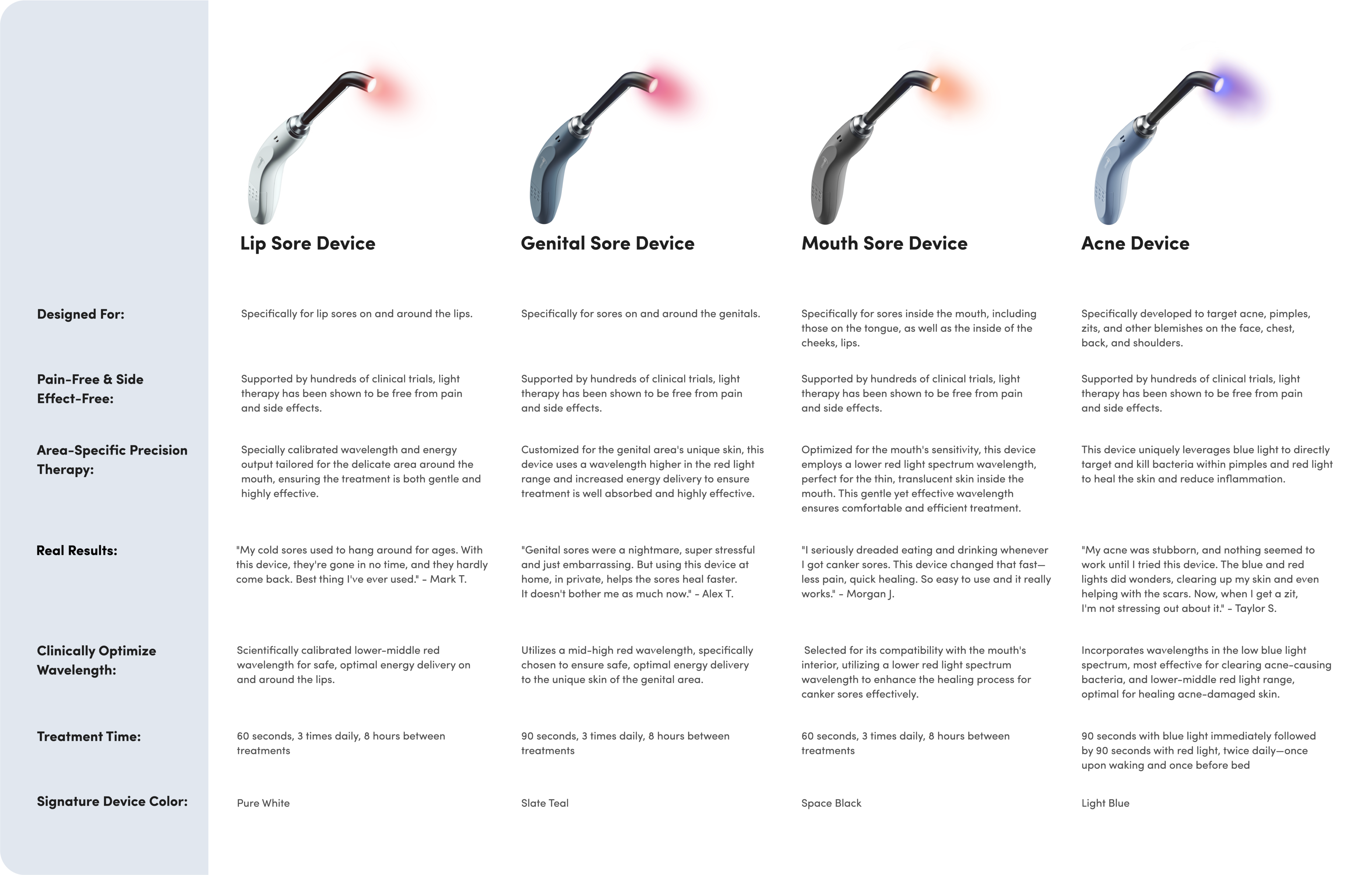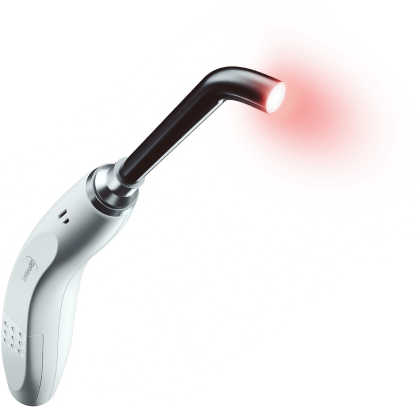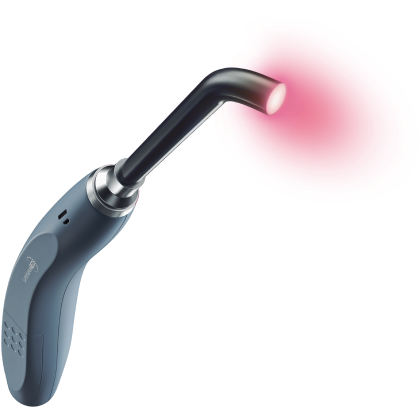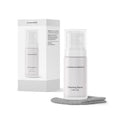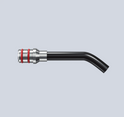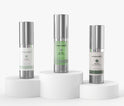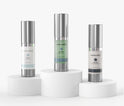Acne on Temples: What the Science Says

It never fails. You think your skin problems are under control, and then BAM, a new pimple pops up to ruin your day. The timing can almost seem comical. But if you suffer from consistent or severe acne breakouts, it’s no laughing matter.
One common area where acne occurs is the temples — the lower sides of your forehead, between your eyes and hairline. Acne on your temples can stem from several sources, and depending on where your hairline begins, it can be especially tricky to treat. But fear not! Effective treatments are available, and figuring out what’s causing acne on your temples can help you manage it.
What Is Acne?
First, let’s talk about exactly what acne is to help shed light on why it happens. If you’ve been experiencing breakouts for a long time, you might already know all about acne, so feel free to skip to the next section.
Your skin has tiny openings over its entire surface called hair follicles. This is where individual body hairs grow. Attached to the hair follicles are sebaceous glands that secrete sebum, an oily lubricant. This sebum is important for the barrier properties of skin, keeping it healthy, moist and preventing excessive dryness.
When your sebaceous glands produce too much sebum, however, the oil combines with dead skin cells and bacteria to block the hair follicle opening. The result is acne.
Acne breakouts can appear in different forms and levels of severity:
- Pustules are a common form of acne. These are what most people refer to as pimples. Small pustules form on the skin, and you eventually see a white or yellow deposit of pus at the tip.
- Papules are basically pimples without pus. They are small, hard bumps that can look like a bad rash.
- Acne can form deep under the skin as nodules or cystic lesions. This type of acne is hard to treat and often very painful.
- You may also experience whiteheads or blackheads with your acne breakouts. Whiteheads are clogged follicles that have closed up, while blackheads are clogged follicles that remain open. Both are also known as comedones.
Acne on Temples: Why Does It Happen?
It can be difficult to pinpoint one specific cause of acne, especially on areas of the skin that come into contact with many different surfaces or products. To figure out what’s causing your breakouts, you can eliminate potential culprits one at a time to see which is causing acne on your temples.

Skin Irritants
If something comes into contact with your temples on a regular basis, it could be the cause of your acne, especially if you have sensitive skin.
Cosmetics and Hair Care
Depending on exactly where the acne forms, the problem may be your hair care products or any cosmetics you use on your temples.
Acne caused by hair products or cosmetics is called acne cosmetica. Your hairline is a common spot to see this type of acne breakout. If cosmetics are the problem, the breakout will most likely be papules — pimples without pus. It may look like a rash, and your skin will feel bumpy. However, cosmetics and hair products can cause pustules and comedones as well.
Certain ingredients commonly found in cosmetic products are comedogenic, meaning they’re known to cause comedones. These include petrolatum, silicone, dimethicone, cyclopentasiloxane, and various kinds of oils. Some natural products like coconut oil and lanolin are also comedogenic. If you suspect your cosmetics are the issue, check the ingredients. You may need to switch up your skin and hair care routines.
Head Wear
If you wear a lot of hats, head scarves, or hoods, the fabric could be acting as a skin irritant and causing acne on your temples. Besides the material itself, fabric can contain irritants like dyes, chemicals, soap residue, dirt, and sweat.
Headphones, VR goggles, glasses, or anything else that rests against your temples can also irritate the skin. If your acne aligns perfectly with your favorite hat or VR goggles, you might have found the source.
Sweat and Hygiene
If you work out often, especially if you wear a sweatband or helmet for a sport, sweat could be causing the acne on your temples. To prevent breakouts, be sure to clean and moisturize your skin immediately after workouts or practices, and wash any gear you wear too. This advice holds even when you sweat without working out, such as on a hot day.
However, be careful not to overdo it. Washing your face too much can lead to excessive dryness and actually make acne worse.
Medications
When investigating what’s causing you to break out on your temples, consider checking your medicine cabinet. While acne isn’t a common side effect of most drugs, some can cause breakouts, including:
- Corticosteroids
- Anticonvulsants
- Barbiturates
- Lithium
- Medications containing iodides or bromides
- DHEA (anti-aging hormone)
Breakouts caused by medications are more likely to be on your body than your face, but acne can still appear on your temples and other parts of your face as a medication side effect.
When meds are the problem, the individual pimples tend to look uniform, usually papules or small pustules of the same size and shape. Presence of monomorphic or similar looking acne with absence of comedones is an important sign that medication is the underlying cause.
The best way to test this theory is to stop the medication with your doctor's advice and see if your skin improves. Speak to your doctor and check if any alternative medications can be tried.
Those Pesky Hormones
Hormones and hormonal changes can contribute to acne breakouts in teens and adults. For teens, the hormonal changes that are a normal part of puberty often cause acne. Many teenagers grow out of their acne, but in the meantime, they may experience acne on their temples and other parts of the face and body.
Hormonal acne in adults is a bit different. It’s more closely linked to sebum, the oily skin lubricant. Changes in hormone levels can trigger an overproduction of sebum, leading to breakouts. Women are more likely than men to experience hormonal acne, especially during the hormonal changes associated with premenstrual cycle, pregnancy and menopause.
Teens are more likely to see hormonal acne breakouts around the forehead, hairline, and temples than adults, but hormonal acne can appear anywhere.
What to Do About Acne on Your Temples?
No matter the cause, there are several treatment options that can be highly effective for acne on your temples.
Start by removing possible skin irritants. Give your skin several days to a few weeks to heal to see if the irritant was causing your breakouts. Be sure to wash your face daily.
If you remove any possible aggravating factors and the acne doesn’t budge, you can try a few over-the-counter products. Look for treatment options that contain acne-fighting ingredients like salicylic acid, benzoyl peroxide, and retinoids. It may take two to three months before you really start seeing a difference, so be patient!
If you don’t see any change in a few months, talk to your dermatologist. It’s possible that a prescription-strength treatment could help.
One of the few natural options for acne on the temples is the Luminance RED Acne Device. This device uses a combination of research-backed, medically optimized blue and red light wavelengths to kill acne-causing bacteria in pimples, reduce oil and inflammation, and heal your skin faster. And it starts working immediately, with 77% of pimples being totally healed or greatly improved after one day (or two treatments).
This is the ideal option if you prefer a more natural, chemical-free treatment for acne on your temples.


